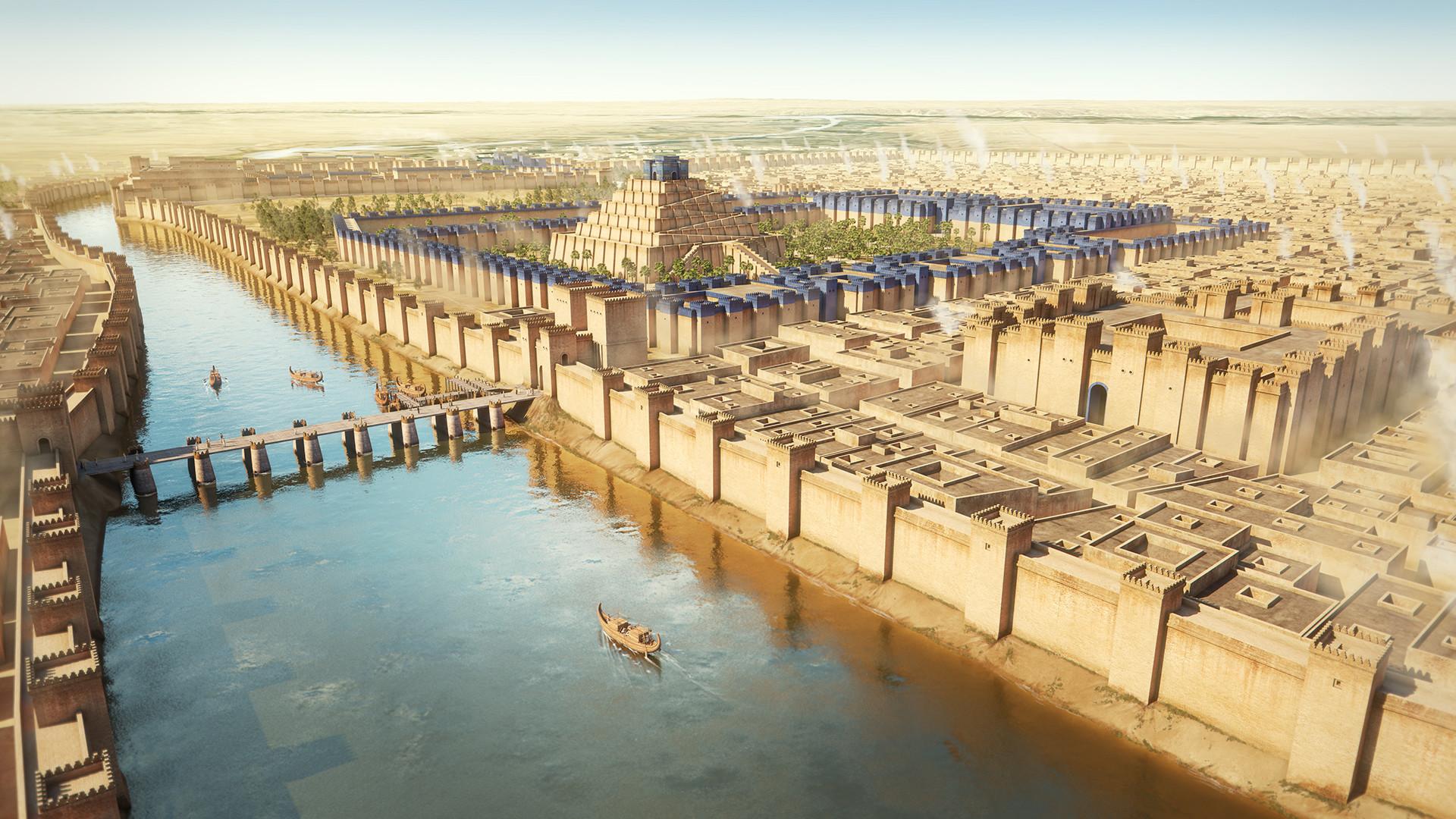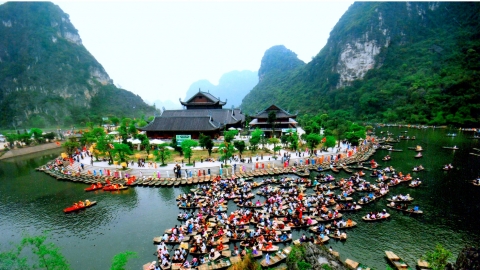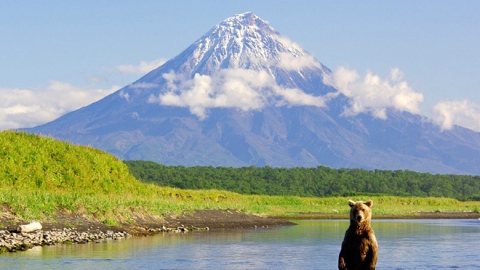Babylon, Iraq
Babylon was a city-state of ancient Mesopotamia. The ruins of this city-state are now located in Hillah, Babil, Iraq, about 85 km south of the capital Baghdad. All that remains of this famous ancient city is a mound, along with mud-brick buildings and debris in the fertile Mesopotamian plain, located between the Tigris and Euphrates rivers. Babylon was considered the largest city in the world during the period 1770 BC - 1670 BC, and 612 BC - 320 BC with a population of more than 200,000 people.
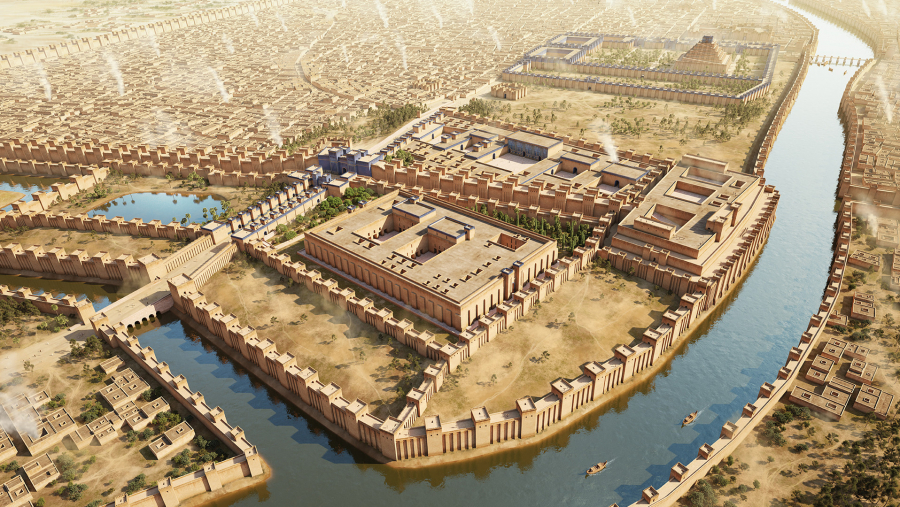
Ohrid Region, Albania
Ohrid has a rich historical and cultural heritage and natural environment including: monuments, Ohrid Cathedral, the ancient city of Ohrid, Struga and the entire natural heritage on the shores of Lake Ohrid (except the Albanian area and the part of the Galicia National Park), but is moving towards expansion to include the part of the Galicia National Park.
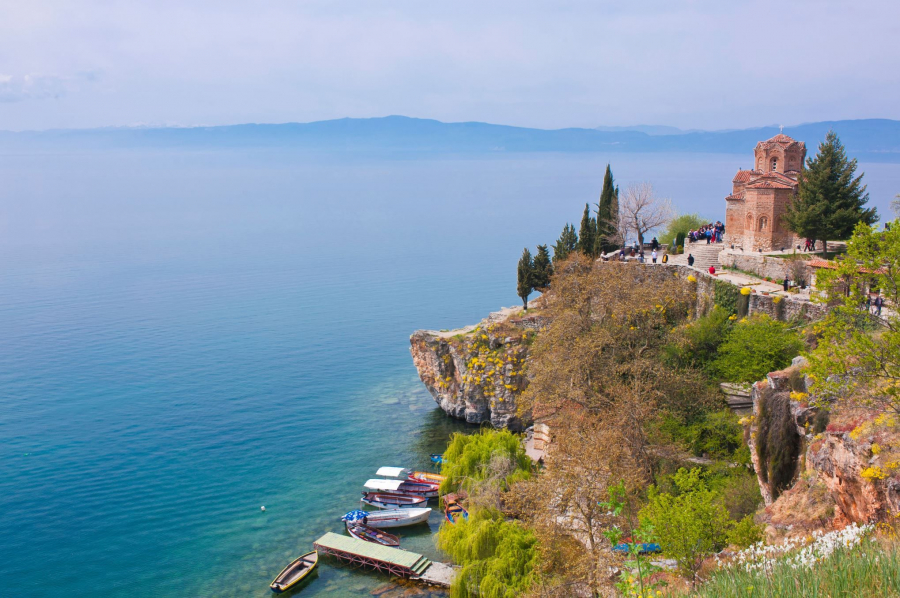
With its outstanding cultural heritage values, unique architectural works and well-preserved pristine ecosystem and natural environment, the Ohrid region is completely worthy of being recognized by UNESCO as a world heritage site.
Ancient Hyrcanian Forests, Iran
The ancient Hyrcanian Forest in northern Iran, stretching 850km along the coast of the Caspian Sea, is home to 44% of Iran’s plant species. The 50 million-year-old forest is also home to the Persian leopard, nearly 60 species of mammals and 160 species of birds.
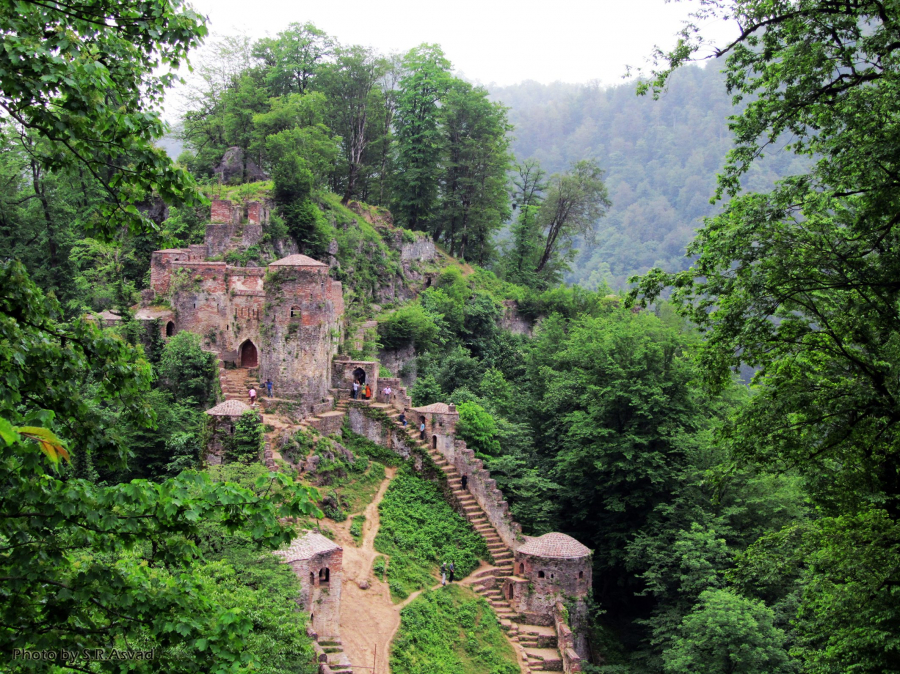
Migratory Bird Sanctuary, China
The Migratory Bird Sanctuary, located on the coast of the Yellow Sea and the Bohai Gulf, is home to many species of fish and crustaceans. It is also a gathering place for migratory birds on the East Asia-Australia Flyway. Large flocks of birds, including critically endangered species, visit the coast to rest, molt, overwinter and nest.
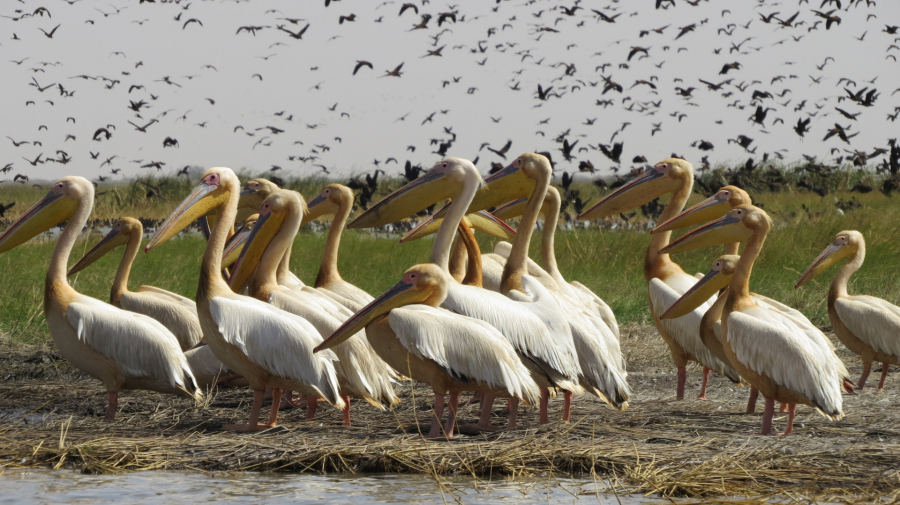
Southern Lands and Seas, France
The land and sea area south of France includes the Crozet, Kerguelen, Saint-Paul, Amsterdam Islands and 60 Antarctic islands. Covering more than 67 million hectares, the area is home to the world's largest concentration of birds and mammals, including the world's largest population of emperor penguins and yellow-nosed albatrosses.
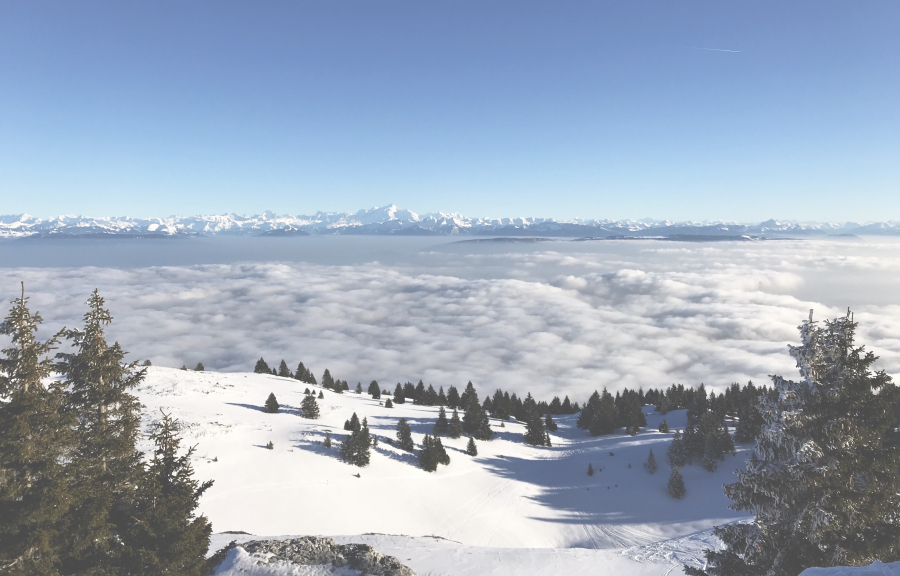
Vatnajökull National Park, Iceland
The park's name comes from the Vatnajökull glacier, Europe's largest glacier outside the Arctic, with a surface area of 8,100 km2. The glacier is 400–600 meters thick, sometimes reaching up to 950 meters, and covers several mountains, valleys, and plateaus.

The landscape surrounding the glacier is extremely varied. To the north, the plateau is cut by glaciers, which flow more rapidly in the summer. Volcanoes in this area include Askja, Kverkfjöll, Snæfell and Herðubreið. The Jökulsárgljúfur canyon in the north of the plateau was carved by massive glaciers long ago, and above the valley is the majestic Dettifoss waterfall.
Paraty and Ilha Grande, Brazil
Paraty and Ilha Grande have just become a new mixed UNESCO World Heritage site thanks to their culture and biodiversity. Located between the Serra da Bocaina mountain range and the Atlantic Ocean, Paraty is one of the best-preserved coastal towns in Brazil and one of the world’s five most important biodiversity areas. It is also home to several endangered species, including the jaguar, white-lipped pig and spider monkey.
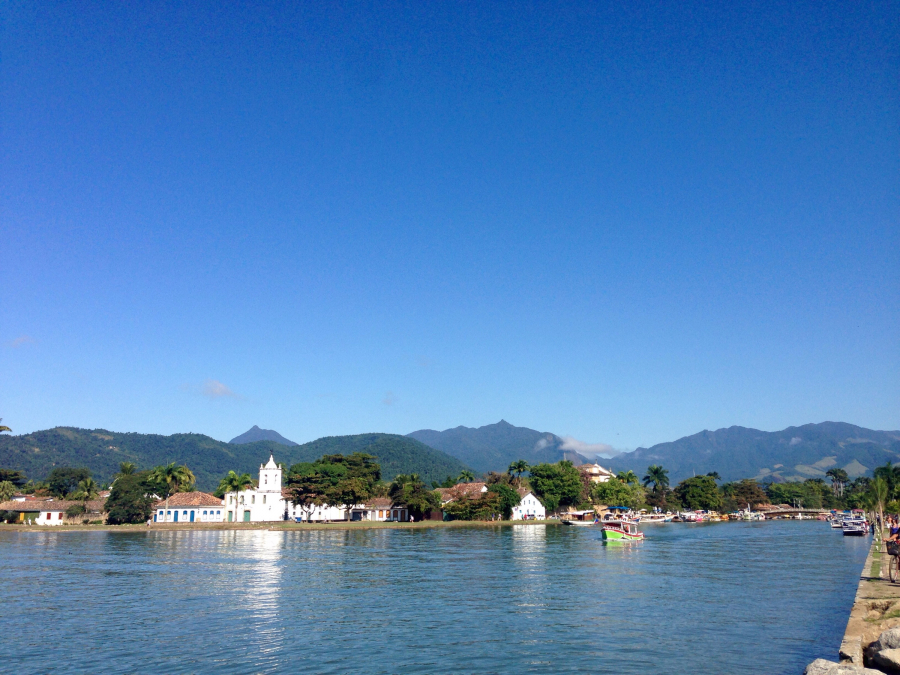
In the late 17th century, Paraty was the terminus of the Caminho do Ouro, a route used to transport gold to Europe and also a site for the African slave trade. Today, the cultural center of Paraty retains colonial architecture from the 18th and 19th centuries.
Ancient metallurgical area, Burkina Faso
The new World Heritage Site in Burkina Faso comprises five villages in provinces across the African country. Of these, Douroula is the oldest evidence of the development of metallurgy in Burkina Faso. The others are Tiwega, Yamane, Kindibo and Bekuy. Although iron ore mining is no longer common today, blacksmiths still play an important role in traditional ceremonies here.






